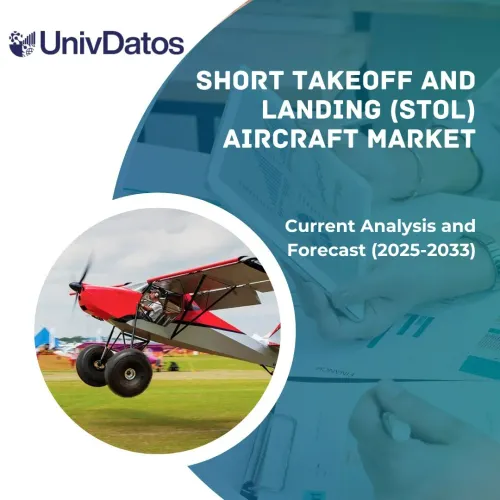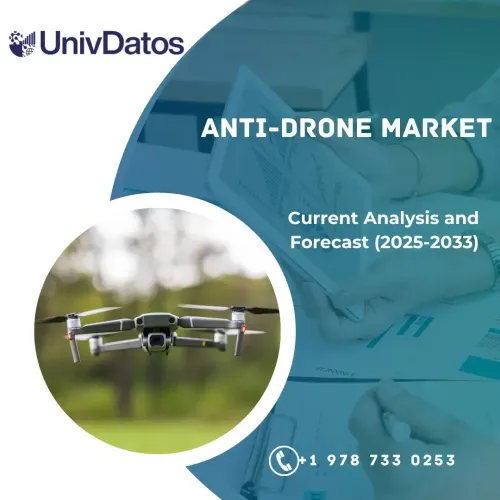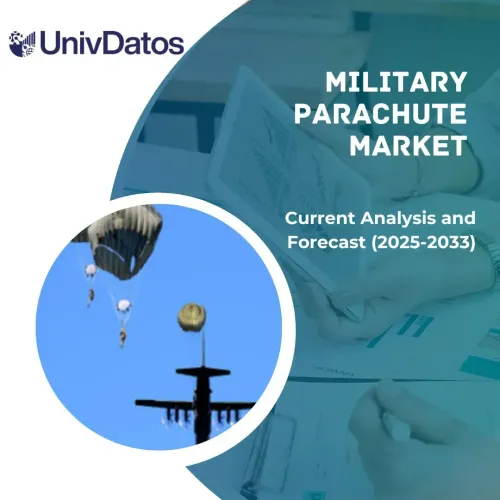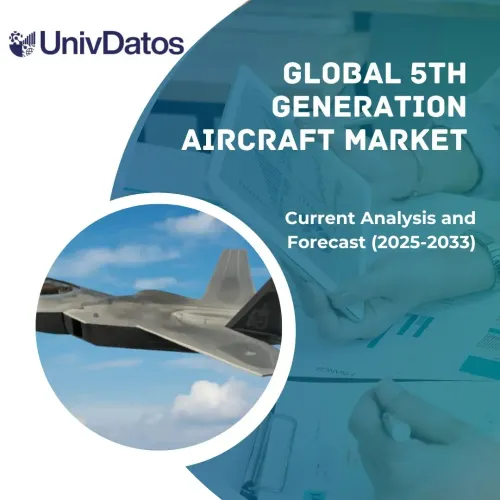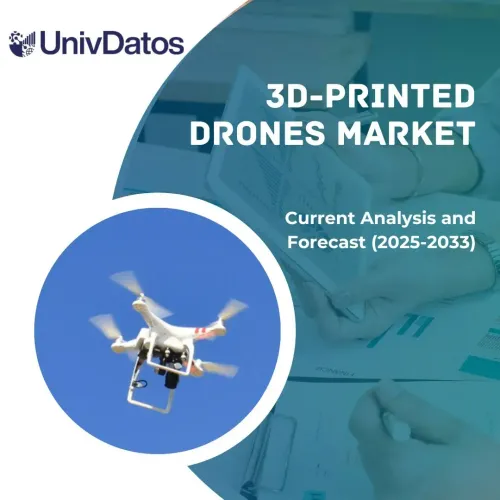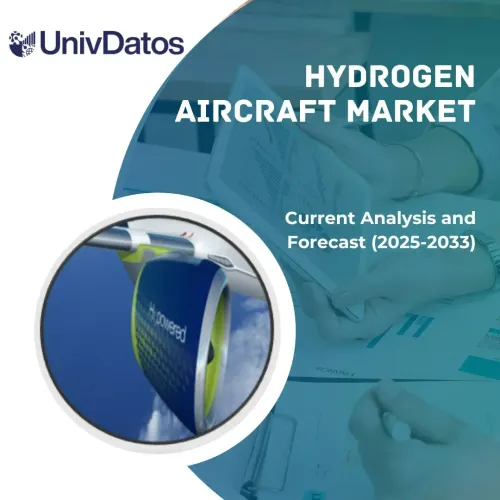- Home
- About Us
- Industry
- Services
- Reading
- Contact Us
Autonomous Beyond Visual Line of Sight (BVLOS) Drone Market: Current Analysis and Forecast (2025-2033)
Emphasis on Type (Small UAVs, Medium UAVs, and Large UAVs); Product Type (Fixed Wing Drone, Rotor Drones, and Hybrid Drones); Application (Military and Civil & Commercial); and Region/Country
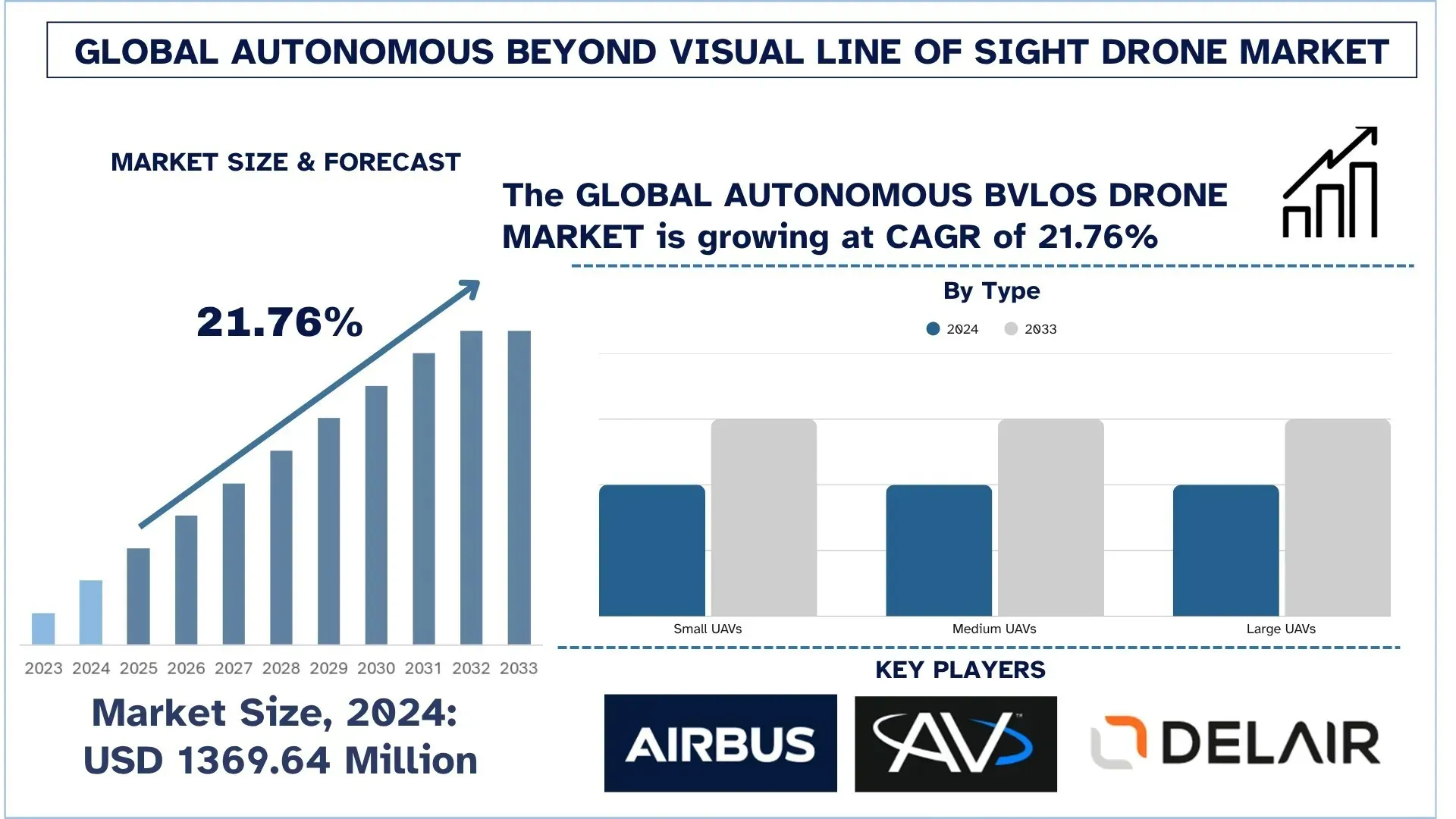
Global Autonomous Beyond Visual Line of Sight (BVLOS) Drone Market Size & Forecast
The Global Autonomous Beyond Visual Line of Sight (BVLOS) Drone Market was valued at USD 1369.64 million in 2024 and is projected to grow at a robust CAGR of approximately 21.76% from 2025 to 2033F. The demand for improved aerial surveillance, infrastructure monitoring, and long-range delivery solutions is what drives this expansion. Government assistance through favorable legislation, together with more money being put into AI-driven autonomous systems, is speeding up the implementation of these technologies in the market. The market's long-term potential is much stronger because it is being used more and more in areas like logistics, agriculture, energy, and defense.
Autonomous Beyond Visual Line of Sight (BVLOS) Drone Market Analysis
The global Autonomous Beyond Visual Line of Sight (BVLOS) drone market is gaining momentum as smart, long-range aerial technologies continue to proliferate across various industries. Compared to conventional drones, BVLOS drones are far more efficient, cover much larger areas, and possess extensive data-gathering capabilities because they can fly significantly farther beyond direct observation by a pilot. The systems combine real-time communication, AI-based navigation, and advanced sensor fusion to ensure safe and reliable operations in complex environments. They have been utilized in various fields, including logistics and agriculture, oil and gas, infrastructure inspection, and emergencies, to mention a few, with their extensive reach and autonomy of action. BVLOS drones require fewer ground-based workers, can complete a mission relatively quickly, and require fewer resources. As regulatory agencies lend more support to increased drone usage and pilot programs are already being launched worldwide, businesses are increasing their development and implementation efforts. The growing importance of innovative and automated air solutions leads to the use of BVLOS drones as the vanguard of the new phase of transportation and the promotion of remote activities to guarantee considerable enhancements in safety, efficiency, and scale as well.
Global Autonomous Beyond Visual Line of Sight (BVLOS) Drone Market Trends
This section discusses the key market trends that are influencing the various segments of the global autonomous beyond visual line of sight drone market, as found by our team of research experts.
Integration of AI and Machine Learning
Artificial Intelligence (AI) and Machine Learning (ML) are the disruptive trends in the Autonomous Beyond Visual Line of Sight (BVLOS) drone market. Such technologies will allow drones to make decisions in real-time, detect obstacles more in real-time, and have better situational awareness without human interference. AI can be assigned to BVLOS drones to process large blocks of data during the flights and modify the route according to the environmental conditions. Machine learning algorithms can aid in predicting maintenance and, therefore, the minimization of downtimes and the impact on operations. In addition, AI enhances the visibility and monitoring of objects, which are very critical in matters involving surveillance, inspection, and delivery. AI plays a critical role in ensuring compliance with the rules and regulations, as it enables enhanced safety requirements in line with autonomous operations. Even the increasing presence of edge computing and 5G networks contributes to the rapidity of AI integration due to the possibility of processing information onboard with increased velocity. In general, AI and ML are key factors in achieving the full potential of BVLOS drones in both commercial and defense solutions.
Autonomous Beyond Visual Line of Sight (BVLOS) Drone Industry Segmentation
This section provides an analysis of the key trends in each segment of the global autonomous beyond visual line of sight drone market report, along with forecasts at the global, regional, and country levels for 2025-2033.
The Small UAVs segment dominated the Autonomous Beyond Visual Line of Sight (BVLOS) Drone Market
Based on type, the autonomous beyond visual line of sight drone market is segmented into Small UAVs, Medium UAVs, and Large UAVs. In 2024, the Small UAVs segment dominated the market and is anticipated to continue its leadership throughout the forecast period. This small yet powerful drone has found increasing use in the commercial world, particularly in agriculture, energy, logistics, and infrastructure monitoring, due to its affordability, dexterity, and operability. Now, due to the advancement of technology in onboard AI, collision avoidance systems, and long-range communication, Small UAVs can now be operated autonomously across long distances and not necessarily in a direct line-of-sight. These systems can obtain high-resolution data in real-time and operate safely in dynamic environments. As industries are demanding scalable aerial systems with limited human beings involved on board, Small UAVs with the capability of flying BVLOS are an attractive answer. Emerging technologies in drone design, such as lighter composite materials and advanced flight software, are helping to increase flight time and payload capacity. The rising attention to BVLOS-capable Small UAVs, remote monitoring, automation, and operational safety is tending to promote the implementation of such drones and equip them as key elements of the developing ecosystem of smart aerial mobility.
The Fixed-Wing Drone Market held the Largest Market Share in the Autonomous Beyond Visual Line of Sight (BVLOS) Drone Market.
Based on product type, the autonomous beyond visual line of sight drone market is segmented into Fixed Wing Drones, Rotor Drones, and Hybrid Drones. In 2024, the fixed-wing drone segment held the largest share and is expected to remain at the top for the next few years. Fixed-wing drones are being made popular because of their ability to cover long distances, extended flight hours, and high speed, which qualifies them to perform BVLOS missions in fields such as surveillance, mapping, agriculture, and pipeline inspection. In contrast to rotor drones, fixed-wing gadgets allow for servicing larger spaces with minimum energy consumption and extending the period of time between battery replacements, which is essential when the work does not cease in a long, autonomous mission. Such drones are being more and more equipped with such innovative technologies as AI, GPS-free navigation systems, and real-time information transmitting services, letting them be used in difficult situations and provide accurate and high-quality data. In addition, the aerodynamic structure enables them to have more flying time and weight, maximizing their utility in both industrial and commercial applications. Supplier industries need faster, wider, and safer acquisition of data in remote and difficult-to-reach places. Fixed-wing drones provide a good solution to this problem. This segment will continue to become a stalwart of BVLOS drone operations in the foreseeable future, given the gains in composite materials, autopilot algorithms, and communication networks.
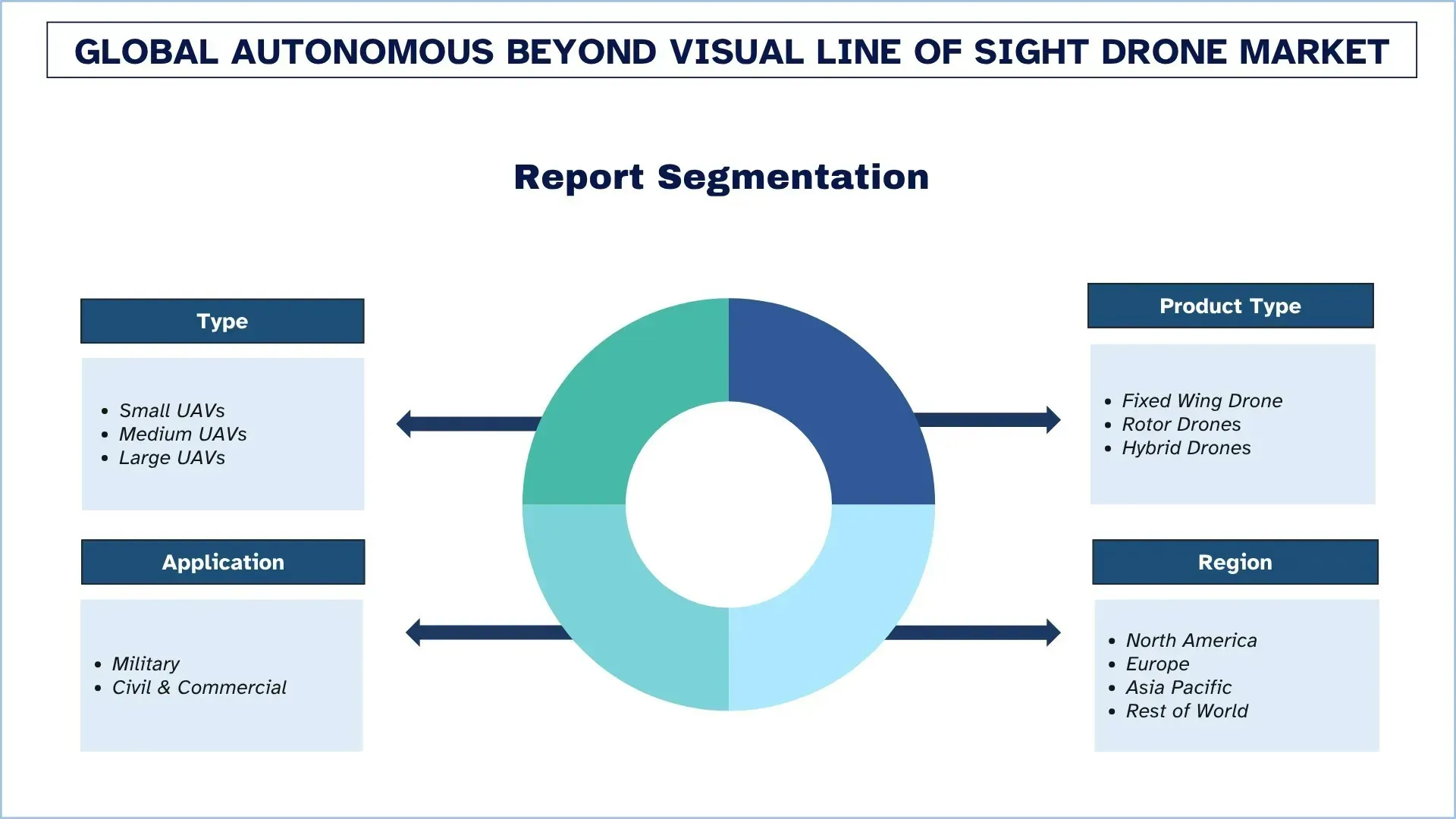
North America Dominated the Global Autonomous Beyond Visual Line of Sight (BVLOS) Drone Market
North America is the largest market for autonomous beyond visual line of sight drones and is expected to maintain its dominance throughout the forecast period. The Federal Aviation Administration (FAA) has implemented significant regulatory changes, and there are several defense and commercial applications for commercial drones. Additionally, there have been substantial investments in autonomous aircraft technologies. The U.S. is home to the largest drone manufacturers, the most advanced AI solutions, and the most innovative aerospace companies. North America is the home of the most advanced BVLOS technology in the world. Pilot initiatives set up at the government level and public-private partnerships that safely scale unmanned systems have been working on integrating BVLOS drones into agriculture, infrastructure, logistics, and emergency response. Research and development for long-range UAVs continues today, primarily for surveillance and reconnaissance purposes. Canada is deploying drones to manage resources and transportation, which makes North America's BVLOS drone activities even better. North America will continue to be the leader in the development, commercialization, and deployment of BVLOS systems and services in both the civil and defense sectors as the need for smart, long-range, and low-intervention drone operations develops.
U.S. held a dominant Share of the North America Autonomous Beyond Visual Line of Sight (BVLOS) Drone Market in 2024
The U.S. is the key player in the autonomous beyond visual line of sight drone market in North America and is anticipated to maintain this dominance in the future. The Federal Aviation Administration (FAA) has also issued progressive BVLOS rules, which allow increased commercial drone activities. The nation is a hub of drone development companies, leading AI firms, and world-leading aerospace companies. The long-range, AI-equipped UAVs in the defense, logistics, and infrastructure monitoring are key areas where both federal and private funding is investing in their R&D. The connections between safe integration of BVLOS drones into the work of agriculture, disaster response, and urban mobility are provided by public-private partnerships and test corridors.
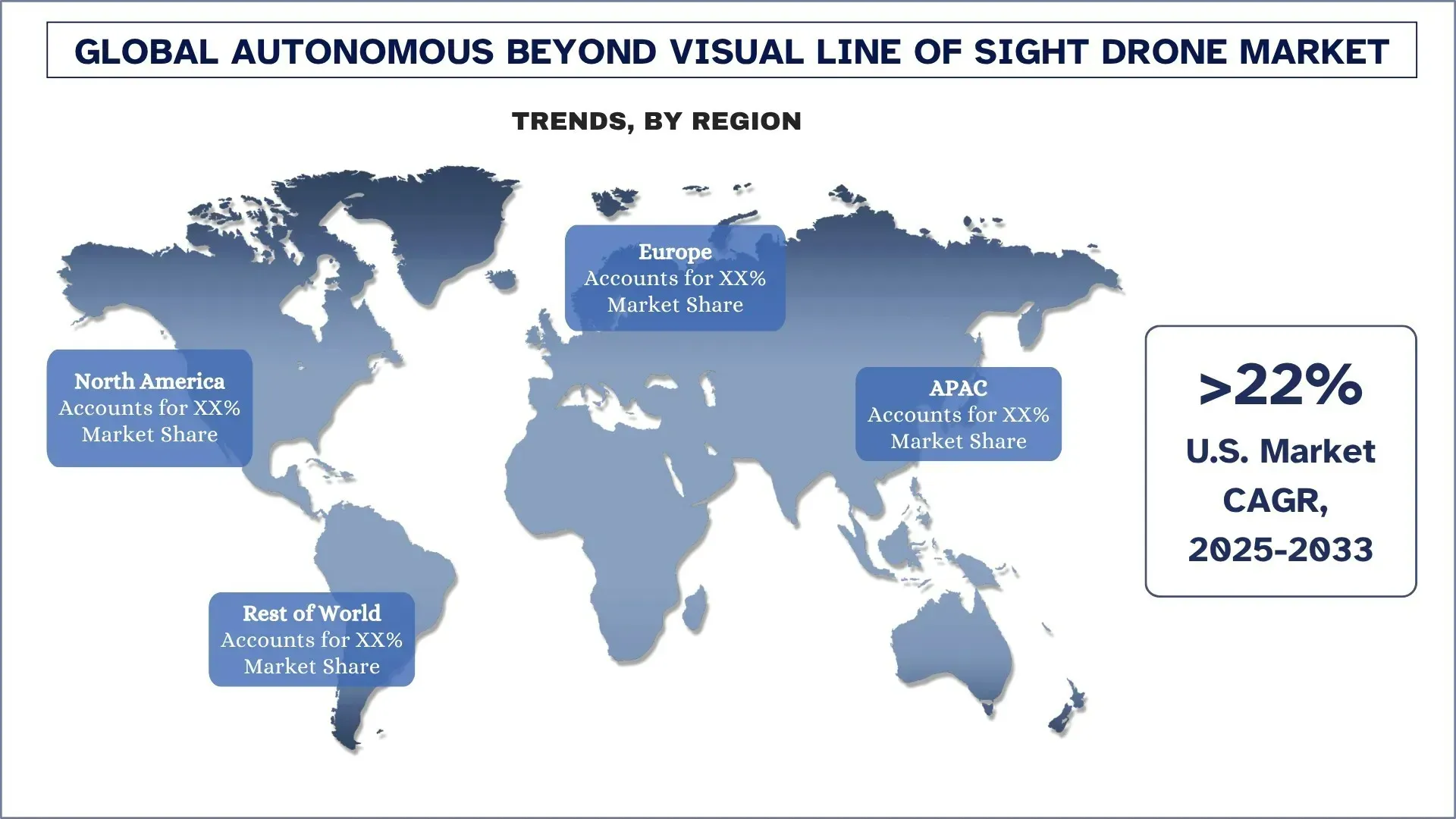
Autonomous Beyond Visual Line of Sight (BVLOS) Drone Industry Competitive Landscape
The global autonomous beyond visual line of sight drone market is competitive, with several global and international market players. The key players are adopting different growth strategies to enhance their market presence, such as partnerships, agreements, collaborations, new product launches, geographical expansions, and mergers and acquisitions.
Top Autonomous Beyond Visual Line of Sight (BVLOS) Drone Manufacturing Companies
Some of the major players in the market are Airbus, AeroVironment, Inc., Delair, DJI, Drone Delivery Canada Corp. (Volatus Aerospace Corp.), Ehang, IAI (Israel Aerospace Industries), Parrot Drones SAS, Skydio, Inc., and Textron Systems.
Recent Developments in the Autonomous Beyond Visual Line of Sight (BVLOS) Drone Market
In April 2024, DroneUp, a US-based drone delivery service provider, introduced its proprietary autonomous Ecosystem, which integrates ground infrastructure, software, and drones to transform last-mile logistics for retailers, quick-service restaurants, and healthcare.
In October 2023, Dimetor and Parrot integrated the ANAFI Ai 4G drone with the Airborne RF software platform, creating an end-to-end system for BVLOS operations. This integration allows the ANAFI Ai drone to connect with global cellular infrastructure and access real-time airspace and ground risk data. The system enables automated BVLOS flights and supports large-scale aerial IoT services, enhancing the drone's capabilities for commercial applications.
Global Autonomous Beyond Visual Line of Sight (BVLOS) Drone Market Report Coverage
Report Attribute | Details |
Base year | 2024 |
Forecast period | 2025-2033 |
Growth momentum | Accelerate at a CAGR of 21.76% |
Market size 2024 | USD 1,369.64 Million |
Regional analysis | North America, Europe, APAC, Rest of the World |
Major contributing region | North America is expected to dominate the market during the forecast period. |
Key countries covered | U.S., Canada, Germany, U.K., Spain, Italy, France, China, Japan, South Korea, and India |
Companies profiled | Airbus, AeroVironment, Inc., Delair, DJI, Drone Delivery Canada Corp. (Volatus Aerospace Corp.), Ehang, IAI (Israel Aerospace Industries), Parrot Drones SAS, Skydio, Inc., and Textron Systems |
Report Scope | Market Trends, Drivers, and Restraints; Revenue Estimation and Forecast; Segmentation Analysis; Demand and Supply Side Analysis; Competitive Landscape; Company Profiling |
Segments Covered | By Type; By Product Type; By Application; By Region/Country |
Reasons to Buy Autonomous Beyond Visual Line of Sight (BVLOS) Drone Market Report:
The study includes market sizing and forecasting analysis confirmed by authenticated key industry experts.
The report briefly reviews overall industry performance at a glance.
The report covers an in-depth analysis of prominent industry peers, primarily focusing on key business financials, type portfolios, expansion strategies, and recent developments.
Detailed examination of drivers, restraints, key trends, and opportunities prevailing in the industry.
The study comprehensively covers the market across different segments.
Deep dive regional-level analysis of the industry.
Customization Options:
The global autonomous beyond visual line of sight drone market can further be customized as per the requirements or any other market segment. Besides this, UnivDatos understands that you may have your own business needs; hence, feel free to contact us to get a report that completely suits your requirements.
Table of Content
Research Methodology for the Global Autonomous Beyond Visual Line of Sight (BVLOS) Drone Market Analysis (2023-2033)
We analyzed the historical market, estimated the current market, and forecasted the future market of the global autonomous beyond visual line of sight drone market to assess its application in major regions worldwide. We conducted exhaustive secondary research to gather historical market data and estimate the current market size. To validate these insights, we carefully reviewed numerous findings and assumptions. Additionally, we conducted in-depth primary interviews with industry experts across the autonomous beyond visual line of sight drone value chain. After validating market figures through these interviews, we used both top-down and bottom-up approaches to forecast the overall market size. We then employed market breakdown and data triangulation methods to estimate and analyze the market size of industry segments and sub-segments.
Market Engineering
We employed the data triangulation technique to finalize the overall market estimation and derive precise statistical numbers for each segment and sub-segment of the global autonomous beyond visual line of sight drone market. We split the data into several segments and sub-segments by analyzing various parameters and trends, including type, product type, application, and regions within the global autonomous beyond visual line of sight drone market.
The Main Objective of the Global Autonomous Beyond Visual Line of Sight (BVLOS) Drone Market Study
The study identifies current and future trends in the global autonomous beyond visual line of sight drone market, providing strategic insights for investors. It highlights regional market attractiveness, enabling industry participants to tap into untapped markets and gain a first-mover advantage. Other quantitative goals of the studies include:
Market Size Analysis: Assess the current market size and forecast the market size of the global autonomous beyond visual line of sight drone market and its segments in terms of value (USD).
Autonomous Beyond Visual Line of Sight (BVLOS) Drone Market Segmentation: Segments in the study include areas of type, product type, application, and regions.
Regulatory Framework & Value Chain Analysis: Examine the regulatory framework, value chain, customer behavior, and competitive landscape of the autonomous beyond visual line of sight drone industry.
Regional Analysis: Conduct a detailed regional analysis for key areas such as Asia Pacific, Europe, North America, and the Rest of the World.
Company Profiles & Growth Strategies: Company profiles of the autonomous beyond visual line of sight drone market and the growth strategies adopted by the market players to sustain the fast-growing market.
Frequently Asked Questions FAQs
Q1: What is the global autonomous beyond visual line of sight drone current market size and its growth potential?
The global autonomous beyond visual line of sight drone market was valued at USD 1,369.64 million in 2024 and is expected to grow at a CAGR of 21.76% during the forecast period (2025-2033).
Q2: Which segment has the largest share of the global autonomous beyond visual line of sight drone market by type?
The Small UAVs segment dominated the market due to their cost-effectiveness and operational flexibility. These drones are easier to deploy, require minimal infrastructure, and are ideal for BVLOS applications in sectors like agriculture, infrastructure inspection, and logistics.
Q3: What are the driving factors for the growth of the global autonomous beyond visual line of sight drone market?
• Rising Industry Demand Across Commercial & Military Sectors: BVLOS drones are increasingly used in logistics, agriculture, surveillance, and tactical missions due to their long-range capabilities, efficiency, and reduced need for human intervention.
• Advances in Enabling Technologies: Innovations in AI, edge computing, 5G, and battery systems are enhancing the autonomy, safety, and scalability of BVLOS drones across various commercial and defense applications.
• Regulatory Enablement & Policy Support: Progressive policies and FAA exemptions are enabling real-world BVLOS operations, encouraging broader adoption by simplifying compliance and reducing regulatory barriers for drone deployment.
Q4: What are the emerging technologies and trends in the global autonomous beyond visual line of sight drone market?
• Integration of AI and Machine Learning: AI and ML are enabling real-time decision-making, route optimization, and predictive maintenance, significantly improving BVLOS drone autonomy and operational efficiency.
• Advancement in Sensors and Radar: High-resolution sensors, LiDAR, and advanced radar systems are improving obstacle detection, navigation, and situational awareness, ensuring safer BVLOS drone operations in complex environments.
Q5: What are the key challenges in the global autonomous beyond visual line of sight drone market?
• Insufficient Infrastructure Support and Traffic Management System: Lack of standardized UAS traffic management systems hinders large-scale BVLOS operations, leading to risks in coordination, safety, and real-time monitoring of drone flights.
• Inadequate Identification and Tracking of Drones: Limited capabilities in drone identification and tracking pose security and airspace safety challenges, especially in densely populated or restricted zones.
Q6: Which region dominates the global autonomous beyond visual line of sight drone market?
North America is the largest market for autonomous beyond visual line of sight drones and is expected to maintain its dominance throughout the forecast period. The Federal Aviation Administration (FAA) has implemented significant regulatory changes, and there are several defense and commercial applications for commercial drones. Additionally, there have been substantial investments in autonomous aircraft technologies. The U.S. is home to the largest drone manufacturers, the most advanced AI solutions, and the most innovative aerospace companies.
Q7: Who are the key players in the global autonomous beyond visual line of sight drone market?
Some of the key companies include:
• Airbus
• AeroVironment, Inc.
• Delair
• DJI
• Drone Delivery Canada Corp. (Volatus Aerospace Corp.)
• Ehang
• IAI (Israel Aerospace Industries)
• Parrot Drones SAS
• Skydio, Inc.
• Textron Systems
Q8: What intellectual-property strategies are drone companies adopting to secure advantages in BVLOS technologies?
• Modular Patenting: Companies file patents on modular systems such as detect-and-avoid algorithms, sensor fusion techniques, and autonomous navigation logic, while keeping flight-path optimization models as trade secrets.
• Geographic Diversification: Patents are filed across multiple jurisdictions to safeguard global deployment and licensing, especially in regions with aggressive drone adoption policies.
• Defensive Disclosures: Some firms publish technical insights related to standard-compliant communications to prevent competitors from blocking open-system compatibility.
Q9: How are BVLOS drone firms partnering to overcome regulatory and certification barriers?
• Regulatory Sandboxes: Companies participate in government-backed pilot corridors and regulatory sandboxes to validate real-world BVLOS use cases under controlled exemptions.
• Standards Collaboration: Industry alliances collaborate with bodies like ASTM and RTCA to co-develop certification protocols for BVLOS-specific sensors and fail-safe systems.
• Joint Safety Frameworks: Multiple firms co-develop shared safety case templates and flight-risk models to streamline FAA or EASA BVLOS approvals.
Related Reports
Customers who bought this item also bought


